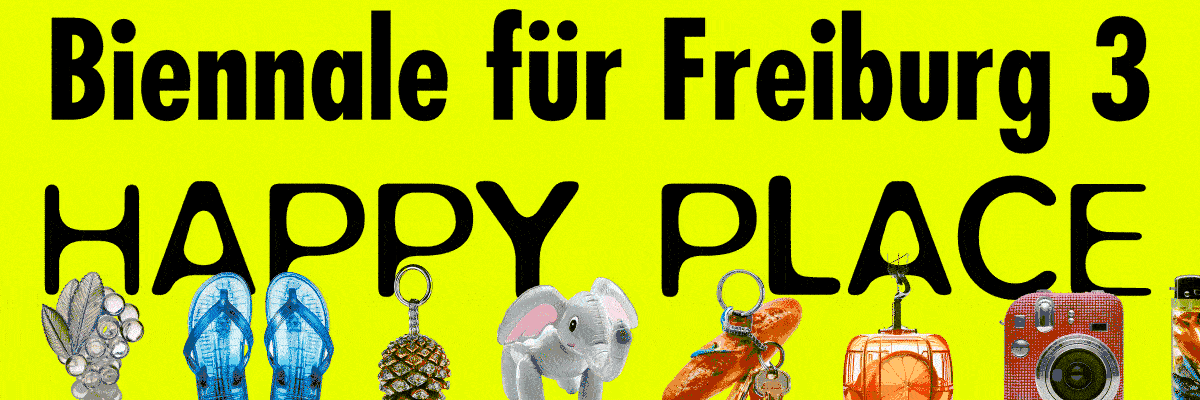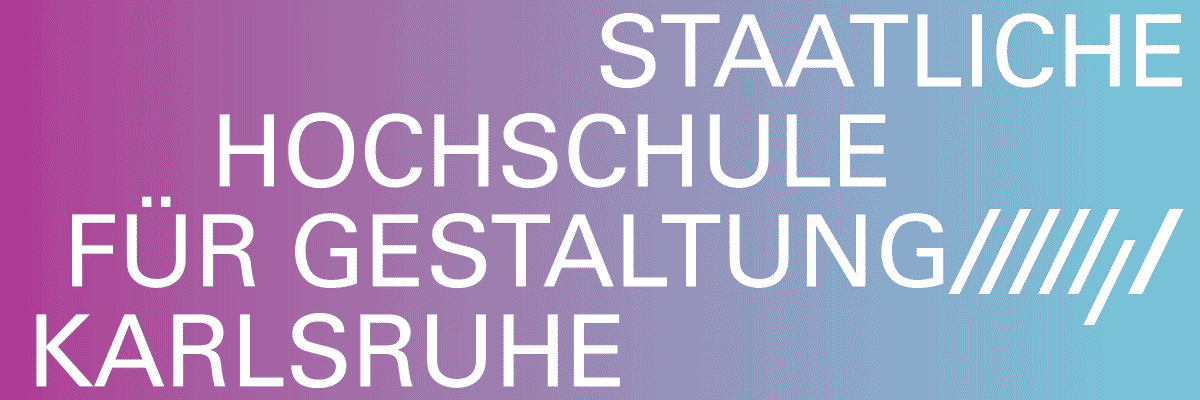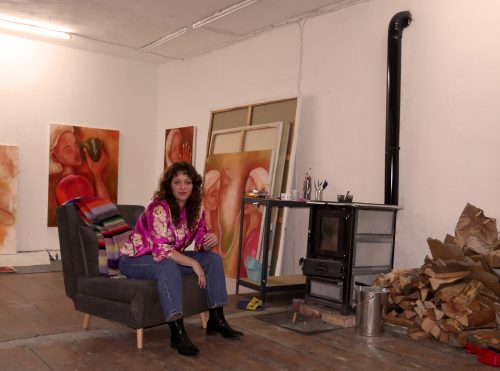
Dan Beudean / Alexandra Boaru / George Crîngașu / Vincent Gallais / Keresztesi Botond / Hortensia Mi Kafchin / Marta Mattioli / Cătălina Milea / Marina Oprea / Marina Sulima
The Common Torpedo Runs Now on Autopilot
Project Info
- 💙 MATCA artspace
- 💚 Alexandra Mocan, co-curator Matei Toșa
- 🖤 Dan Beudean / Alexandra Boaru / George Crîngașu / Vincent Gallais / Keresztesi Botond / Hortensia Mi Kafchin / Marta Mattioli / Cătălina Milea / Marina Oprea / Marina Sulima
- 💜 Alexandra Mocan
- 💛 YAP Studio / Mădălin Mărgăritescu
Share on
Advertisement
This exhibition explores the relationship between contemporary routines and what could be
defined as Primitive Logistics—a conceptual lens through which can be examined our
connection to nature, technological evolution, and the way they influence one another. It reflects
on how symbiosis has shaped our past and continues to inform our habits, behaviors, and the
ways we perceive interconnections, patterns, and development. In this context, through
symbiosis we understand how transitions take place within shared knowledge—how instinctual
behaviors and collective memory give rise to what we recognize as innovation, or as forms that
support transformation, evolution or improvement. These processes flow seamlessly between
the speculative, the sacred, the intuitive and the scientific.
Drawing inspiration from the story of the electric fish (Malapterurus electricus, also known as the
Common Torpedo), which was used in Antiquity to treat conditions such as migraines, epilepsy,
and depression – the show seeks to highlight inherent and almost magical capacities of the
things that surround us, especially focusing on how early instincts developed or mutated into
rituals and common practices. Long before the rise of modern science, nature offered its own
forms of technology—and this fish is a symbol of early bioelectric intelligence. Though not
directly depicted in the exhibition, the Common Torpedo functions as a symbolic guide—its
presence drawing from references such as the surreal fish in Kusturica’s Arizona Dream or the
flatfish in Günter Grass’s The Tin Drum. Like those narrative fish that lead protagonists through
strange inner landscapes, the Common Torpedo becomes an avatar for this exhibition’s
navigation through objective reality, myth, speculative thought, and intuitive associations.
Before electricity illuminated our households, nature revealed its potential through what were
perceived as magical phenomena, offering clues about how to harness the materials around us
—those that make up our very world. From bacterial existence and co-evolution to ancient
superstitions, this exhibition seeks to highlight the development and influence of our relationship
with the world and its immediate environment, building a bridge between how speculations,
accidents and random happenings can generate paths to new discoveries, and even hope. This
connection has shaped who we are today—impacting everything from the objects in our homes
and the infrastructure around us, to the formation of communities, future, consciousness,
language, and even the very shape of our anatomy.
How does identity, and everything surrounding us, come to be governed by networks, mutations,
and replication? Everything that exists originated from something, and that something
continuously evolves—from shape to concept. Just as myths spread, information embedded in
organic matter can be recognized and further developed into technology. While computational
evolution has distanced us from the direct perception of how nature powered everything, the
virtual medium—through its logic, patterns, and generative capacity—often mirrors the
multiplicability and self-organizing systems inherent in nature.
Nurturing, caring, conserving, and showcasing are all acts of perpetuating continuity—forms of
resistance against erasure, and gestures that acknowledge the cycles of transformation across
time, matter, and meaning. They become tools for reconnecting with both ancestral knowledge
and speculative futures, revealing how technology, myth, and nature are never truly separate. If
you look closely, anything can become a reference—something to be transfigured or used as a
resource for enabling and reactivating what already exists around us. The contributions in this
exhibition emphasize the ways in which our gestures are perpetuated. Within acts of care,
belief, or resourcefulness, the world continuously reshapes itself through subtle shifts and
reinventions.
Alexandra Mocan




